Zebra
| social behavior | zebra types | Zebra stripes | Zebra habitat | Zebra Predators |
|---|
Social behavior Zebras usually live in groups known as herds. The plains zebra and mountain zebra form small family units, consisting of up to six mares (adult females) and their young, under the leadership of a adult male. Once a stallion has assembled a group of mares, it faces the constant threat of being displaced by a more powerful rival. When an intruder does appear, the resident zebra issues a challenge by touching noses or rubbing shoulders with the rival. If the rival male does not give way, a fight breaks out, with the two stallions biting each other's neck or legs, and as a last resort, kicking with their back legs. Unlike some courtship contests in the animal world, these fights are as dangerous as they look, and severe injuries can result.
|
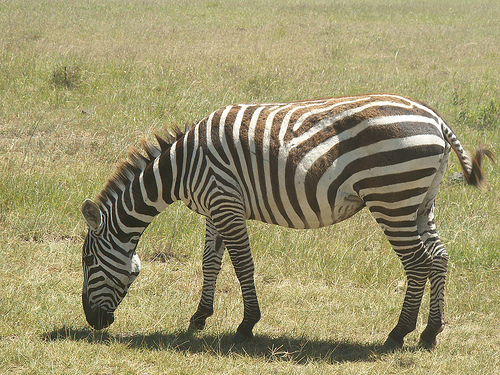 |
|---|---|
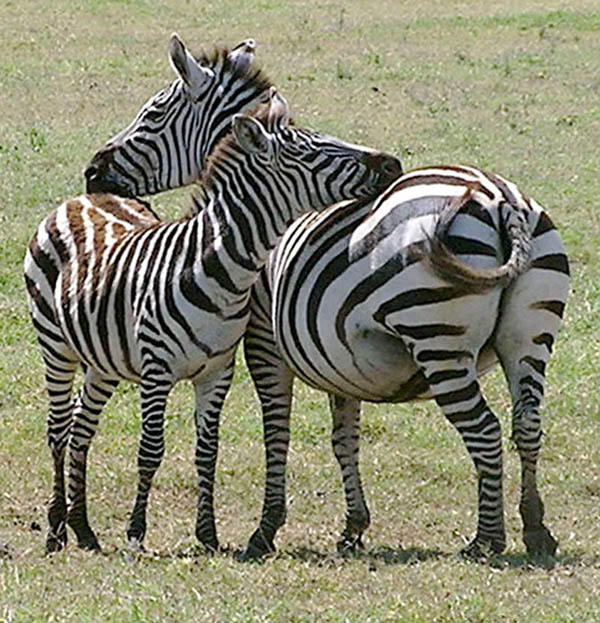 |
Zebra types Zebras can be classified into three species and several subspecies.
|
Zebra stripes The first is as simple pattern-camouflage, much like the type the military uses in its fatigue design. The wavy lines of a zebra blend in with the wavy lines of the tall grass around it. It doesn't matter that the zebra's stripes are black and white and the lines of the grass are yellow, brown or green, because the zebra's main predator, the lion, is colorblind. The pattern of the camouflage is much more important than its color, when hiding from these predators. If a zebra is standing still in matching surroundings, a lion may overlook it completely.
|
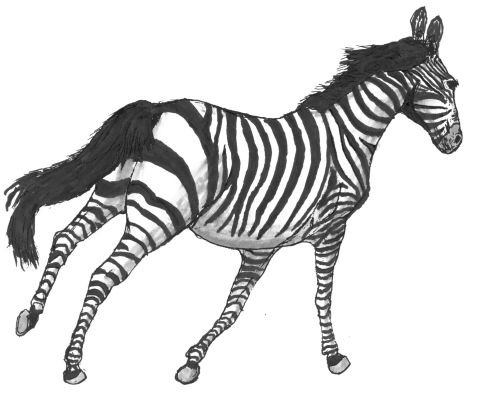 |
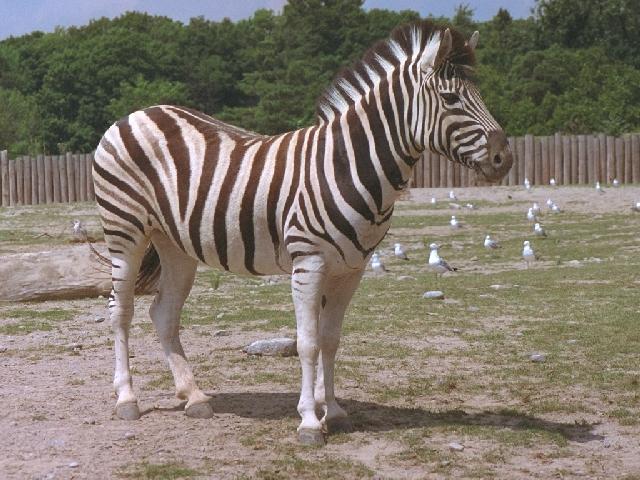 |
Zebra habitat Burchell's zebras inhabit savannas, from treeless grasslandto open woodlands ;they sometimes occur in tens of thousandsin migratory herds on the serengeti plains.Grevy's zebras are now mainly restricted to parts to parts of northern Kenya. Although they are adapted to semi-arid conditions and require less water than other zebra species, these zebras compete with domestic livestock for water and have suffered heavy poaching for their meat and skins. |
Zebra Diet
|
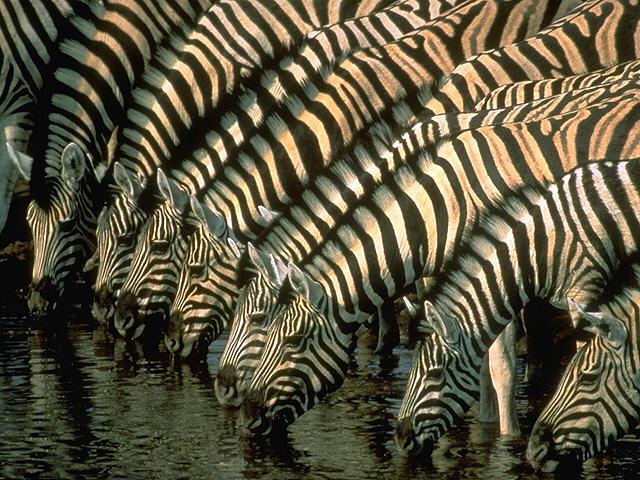 |
 |
Zebra Predators
|
| Zebra wildlife | San diego zoo:Zebras | National geographics:Zebra |
|---|